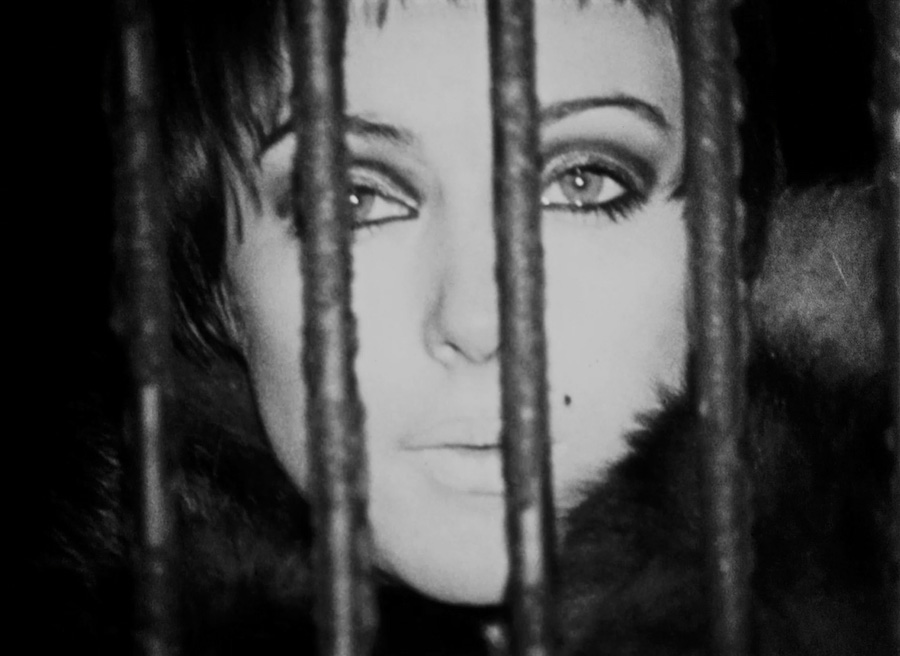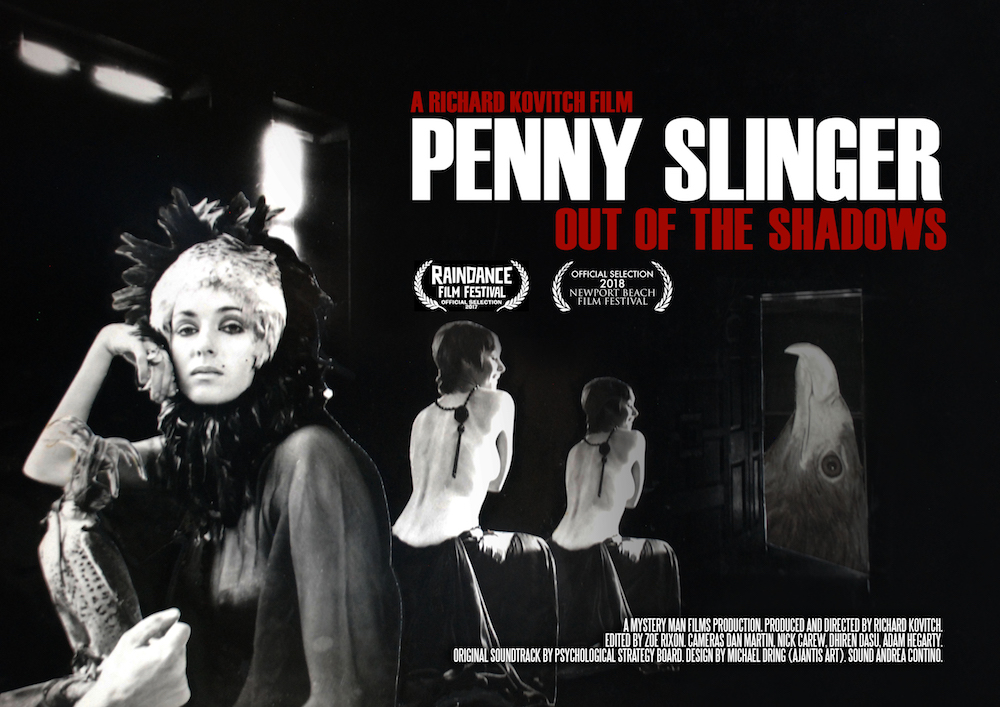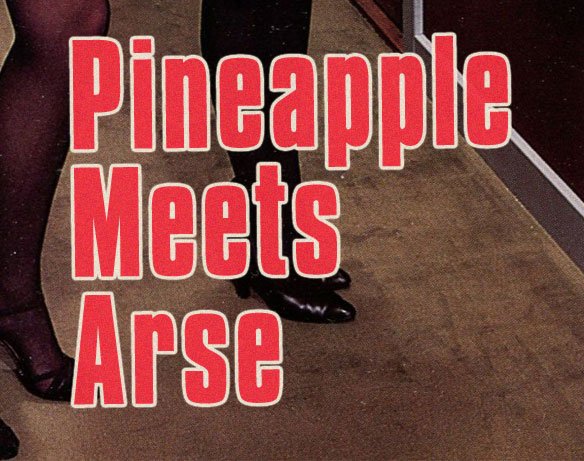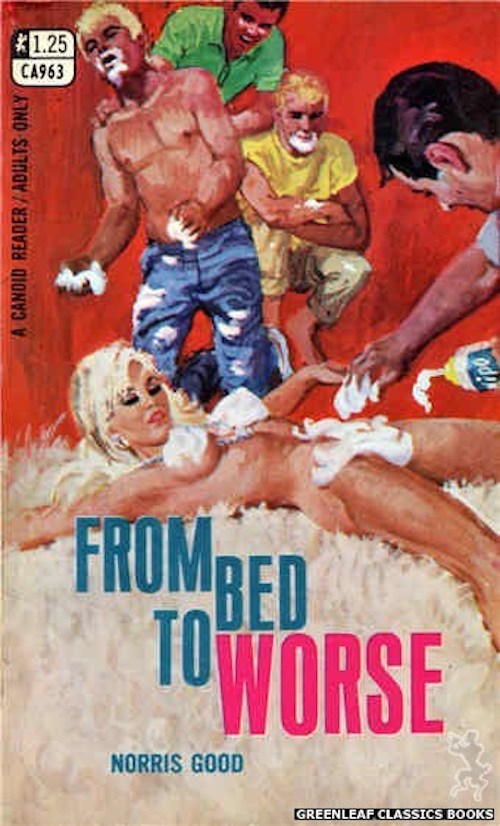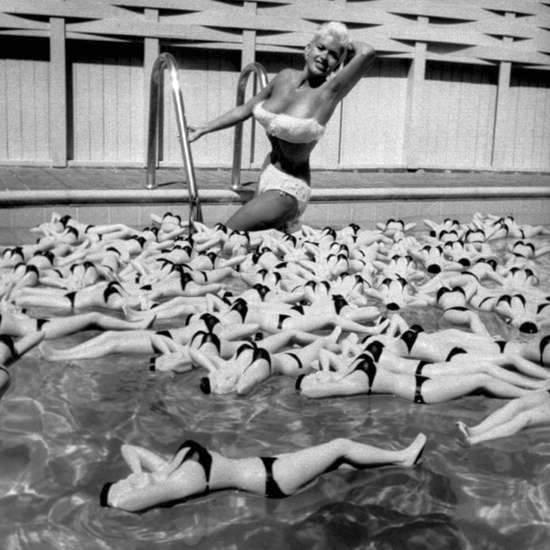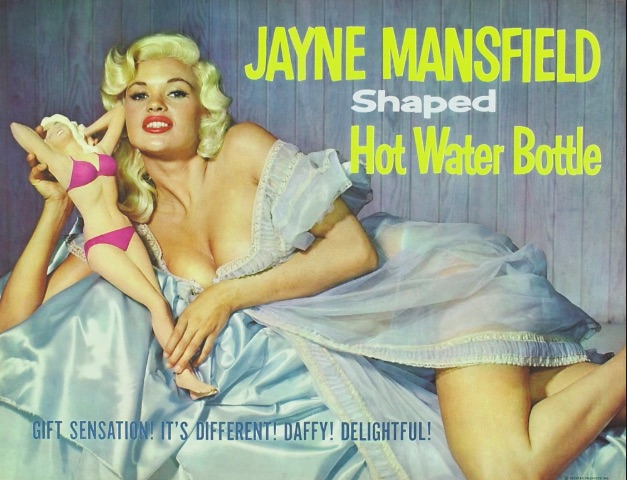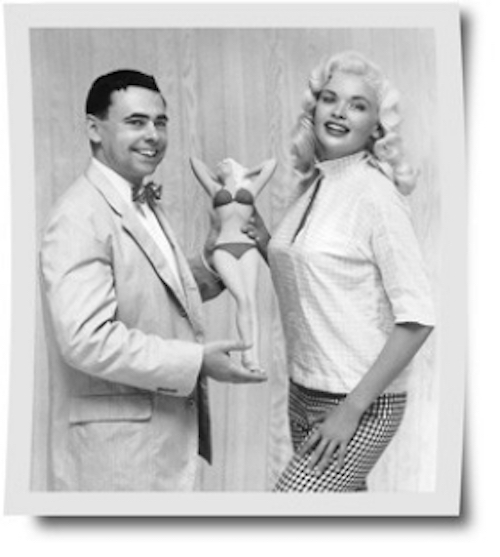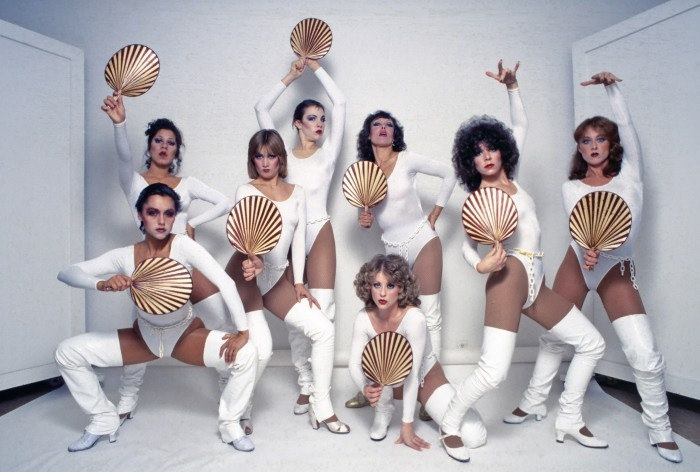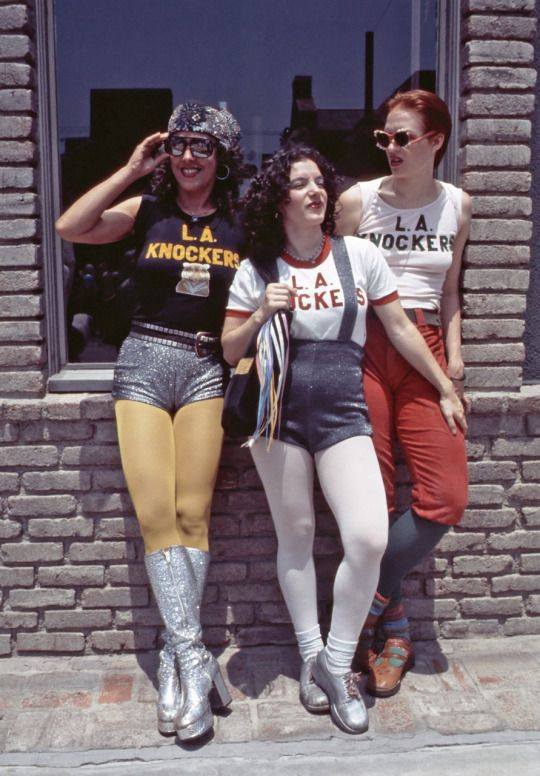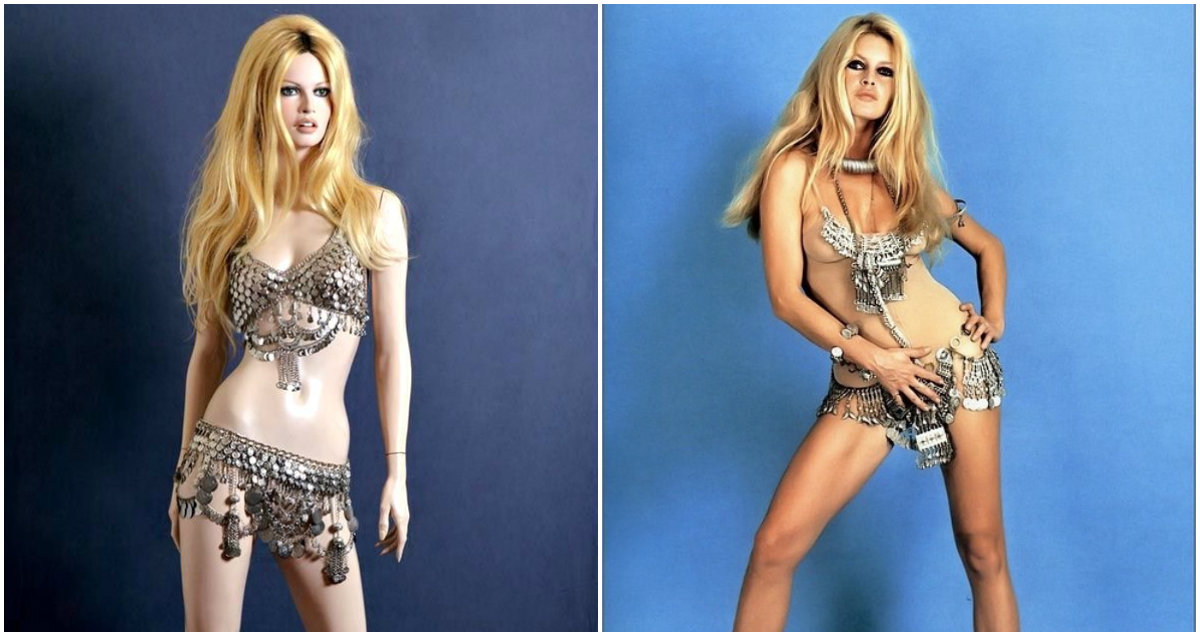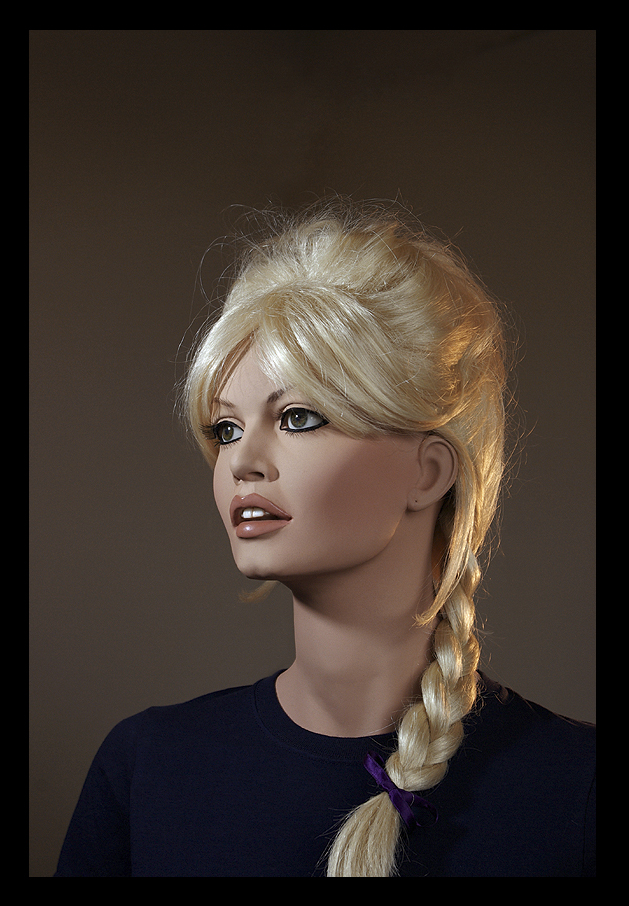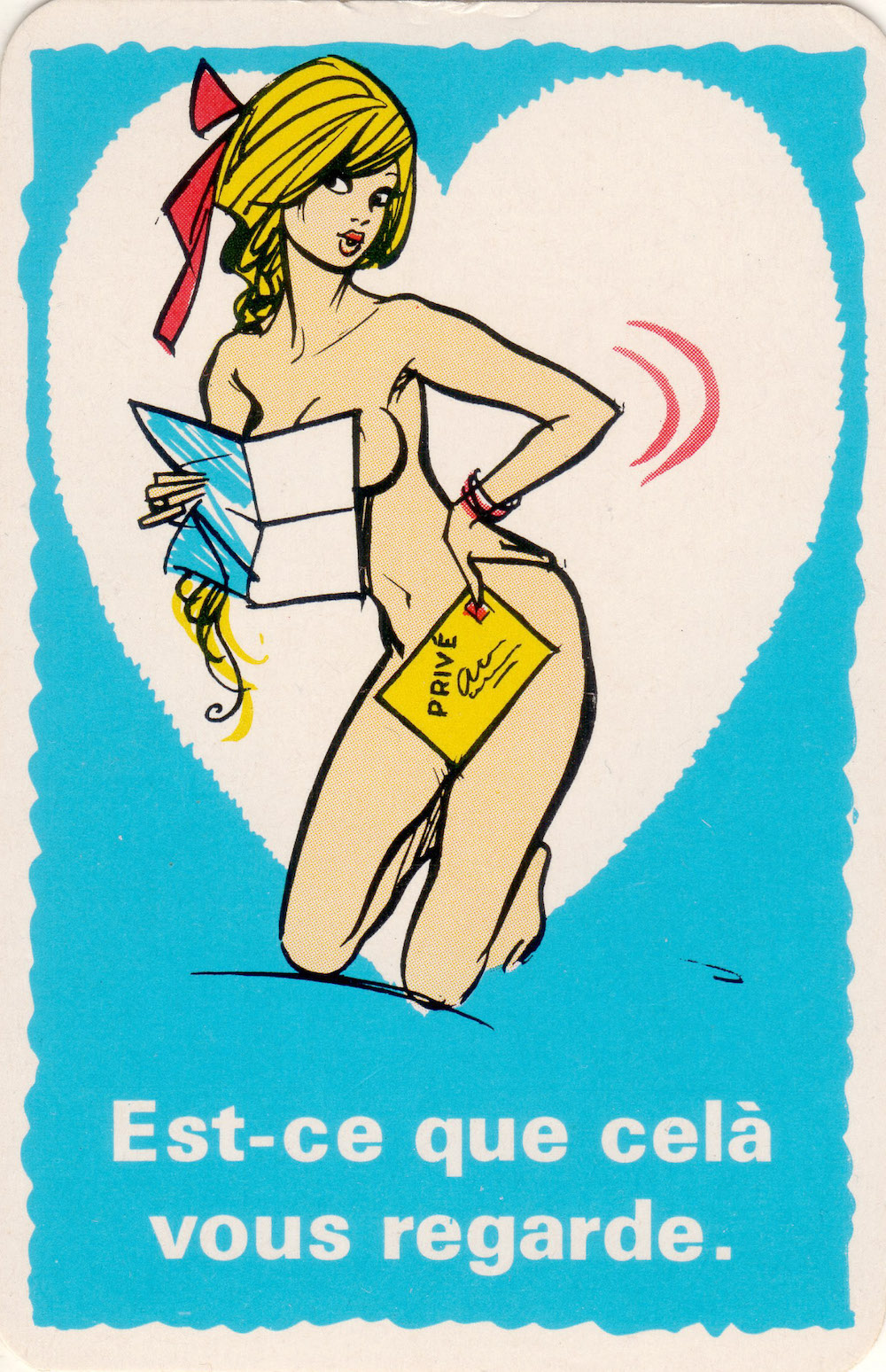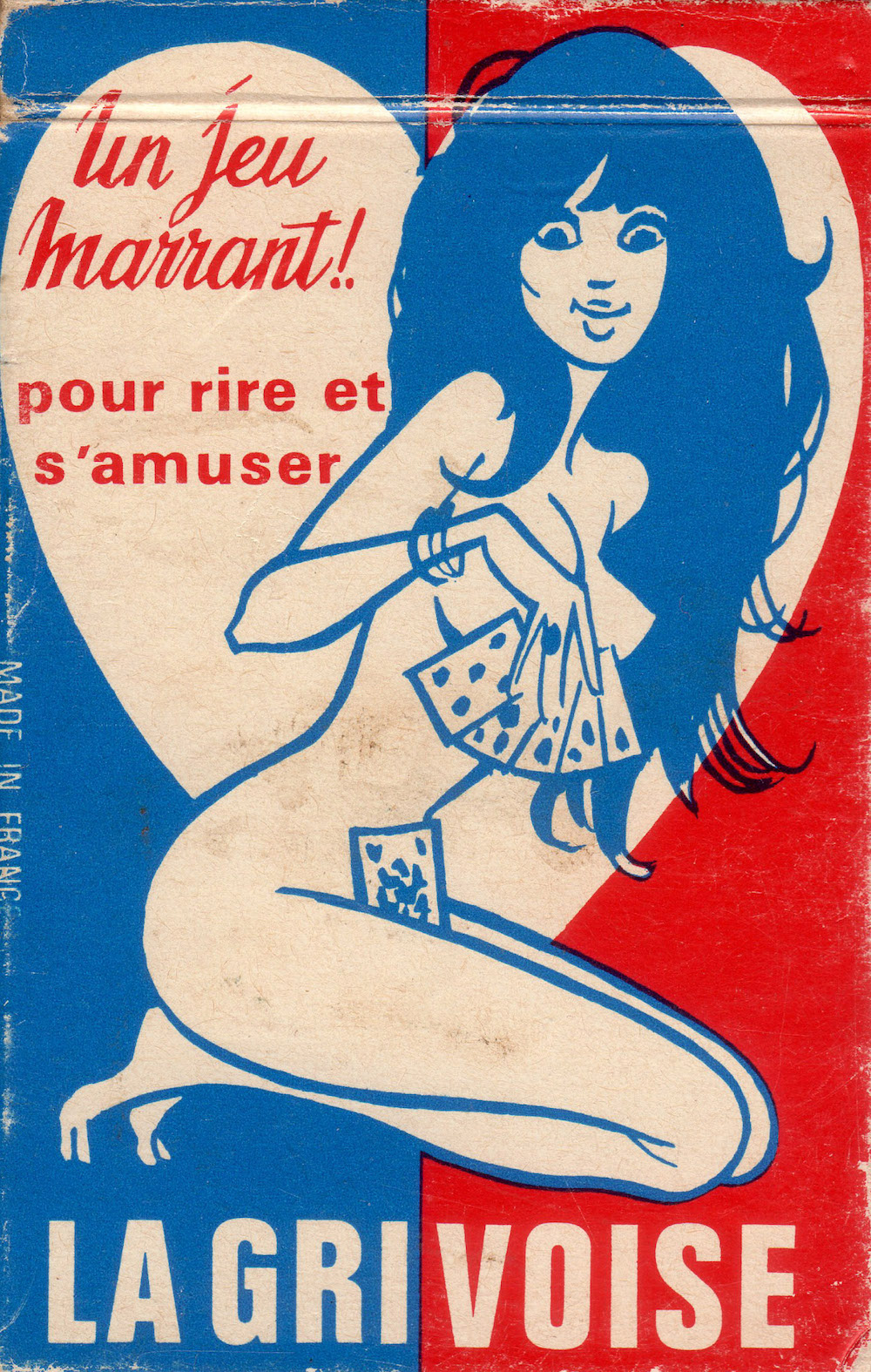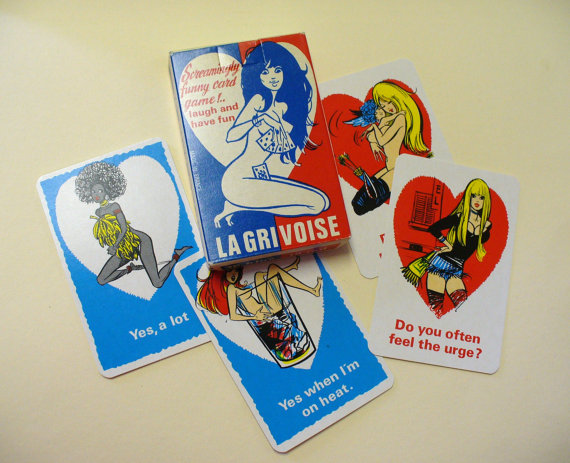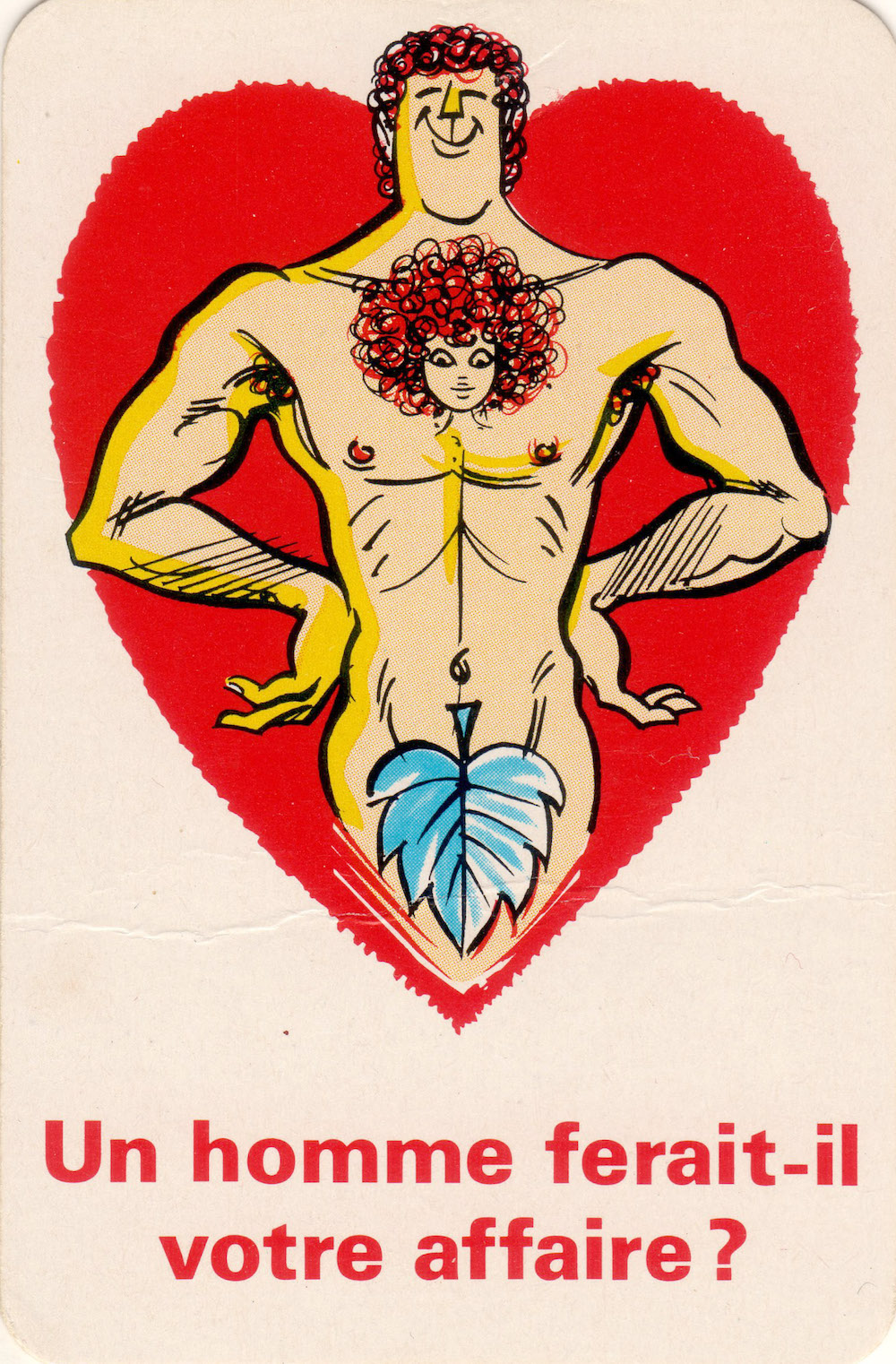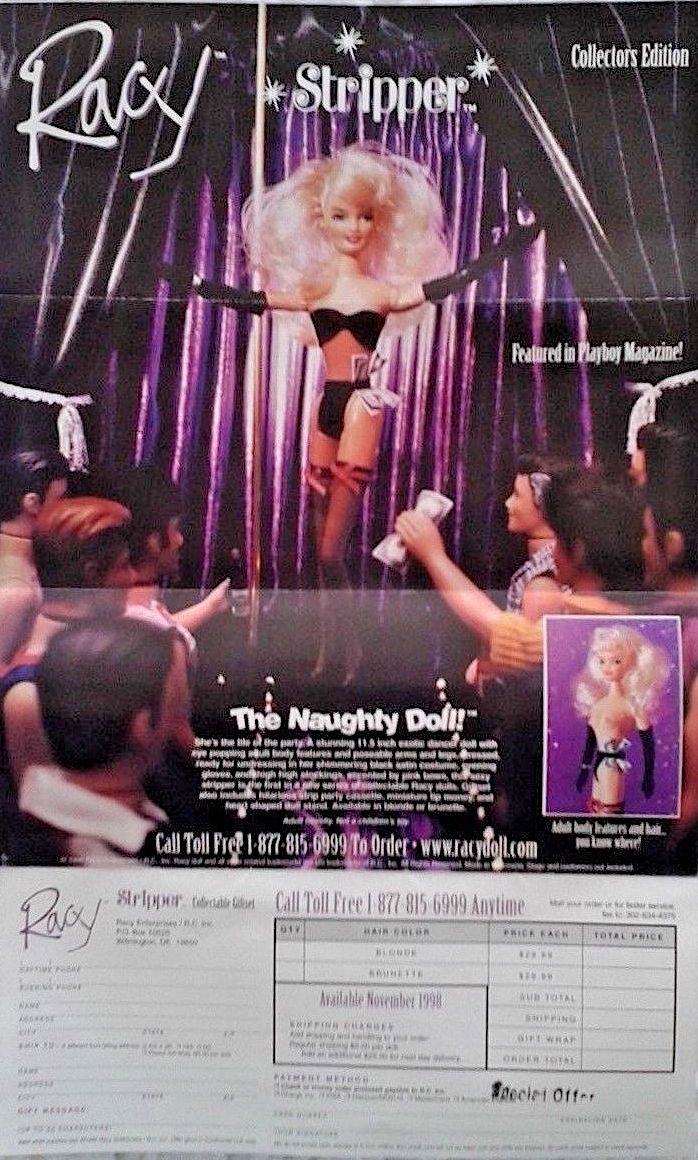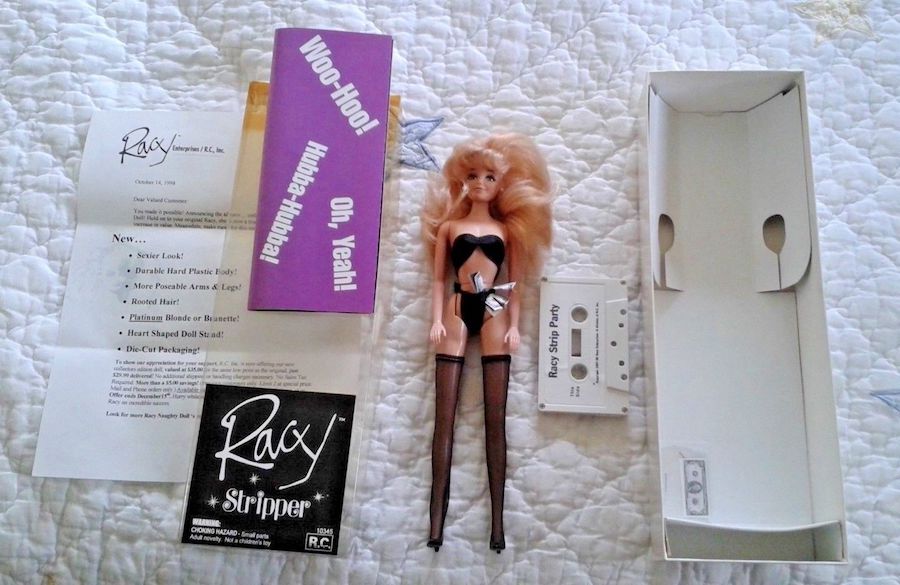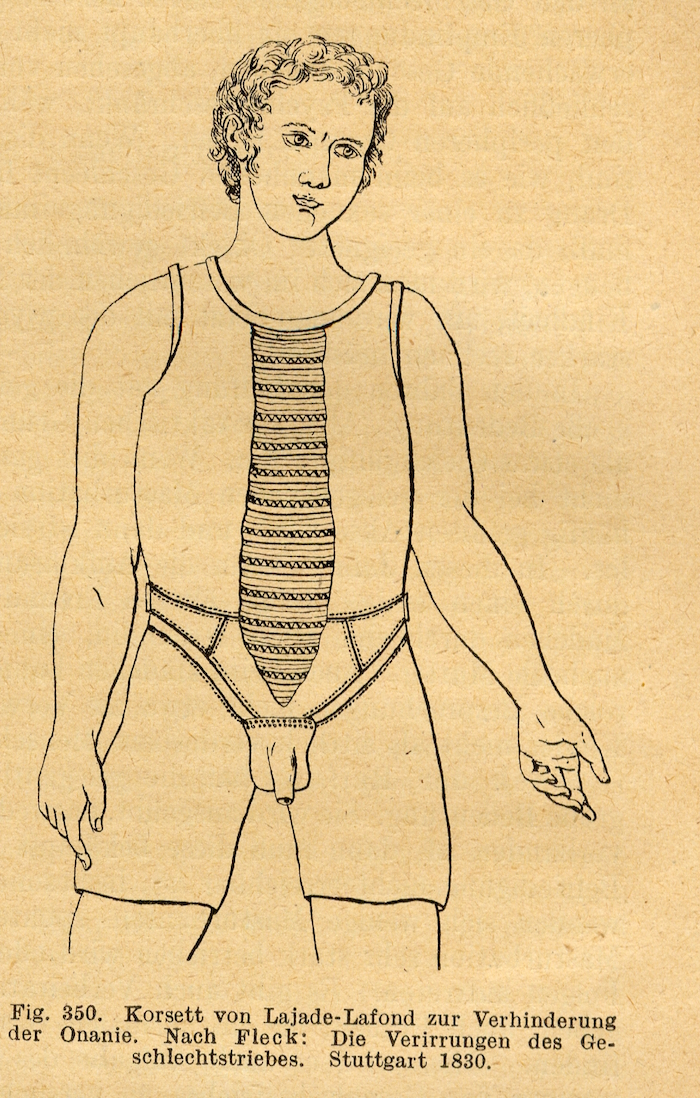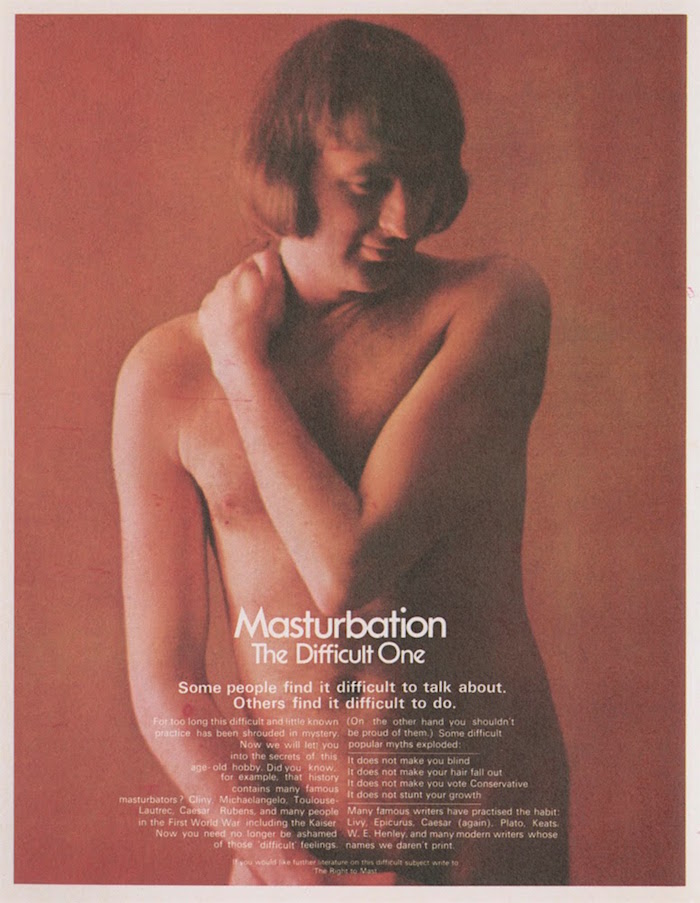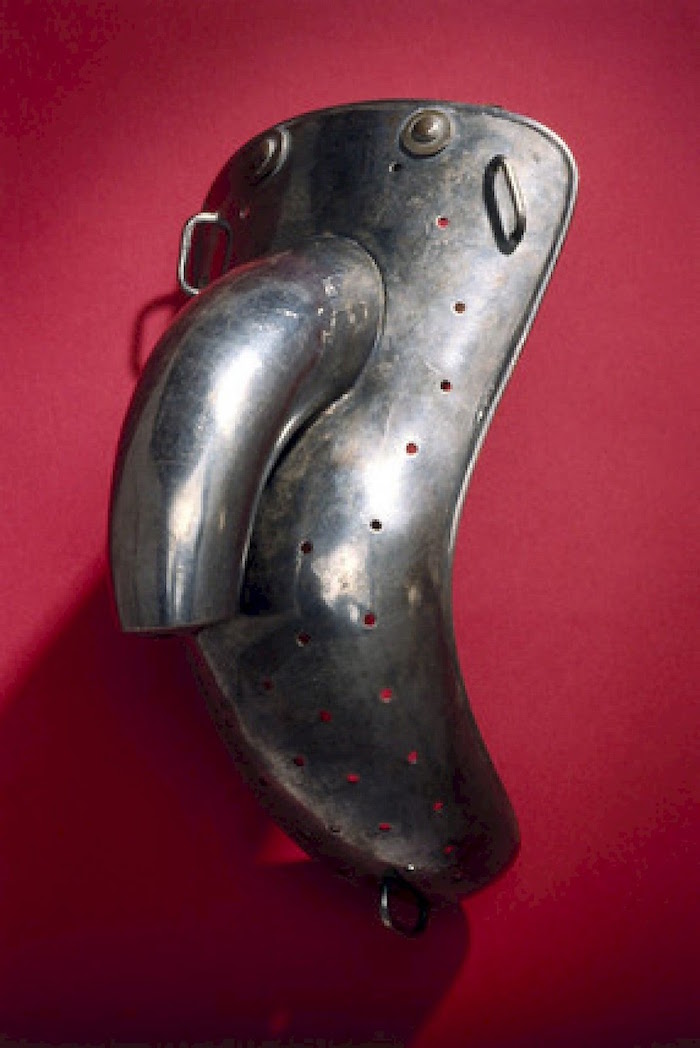
“How Else Am I Gonna Learn?” by Barnaby Barford, 2011.
“Ceramic is a fascinating material, it is steeped in such a rich history, and we have a unique relationship with it as a tactile material. We eat and drink from it every day, we decorate our houses with it, but we do not expect to be challenged by it, which is precisely what makes it fun to play with.”
—British artist Barnaby Barford on his preferred medium, ceramics.
Once he stepped into the creative realm, it didn’t take long for Barnaby Barford to discover an artistic medium which would allow him to create virtually “any form he wanted.” The material was ceramics and Barford would spend several years at various art schools and institutes including The Higher Institute for Artistic Industries in Faenza, Italy which specializes in the exploration and manipulation of ceramics. Barford has created a wide range of works such as an eight-foot polar bear made from 7,500 different pieces of porcelain (and other materials), and his legendary twenty-foot high “Tower of Babel.”
For this post, we will be diving deep into Barford’s world of wildly debaucherous and irreverent ceramic figures, which he has been creating for well over a decade. Many of Barford’s ceramic figures are presented as purveyors of perversion and violence. They are voyeuristic, and Barford’s little ceramic trouble-makers are meant to convey the artist’s observations of his fellow humans and what makes us all tick, or, perhaps, how we might behave when we get ticked off or turned on. Here’s Barford from an interview in 2016 talking about what sparks his creative process:
“Inspiration comes from everywhere—looking, seeing, listening, living. The human condition is the thread of inquiry connecting all my work, which means current affairs often influence me. How do we live now? What is happening now? Our hopes, dreams, aspirations, and, of course, our failures, fears, and frailties. Then finding parallels within history and questioning if we have always been like this? Will we always be like this?”
Barford’s creations have been displayed in galleries and museums all around the world, and it doesn’t take a rocket scientist to understand why once you become acquainted with his diverse body of work. Of course, since I follow the lead of my deviant heart, I choose to feature Barford’s subversive ceramic figures, as I’m sure you are going to wish you could have one of your very own. If owning one of Barford’s original pieces is now a goal in your life, many pieces from his “Tower of Babel” (an interpretation of London’s many heterogeneous shops) can be purchased here for anywhere from $230 to $7,900. Some of the images that follow are NSFW.

“Mary had a little lamb” 2007.
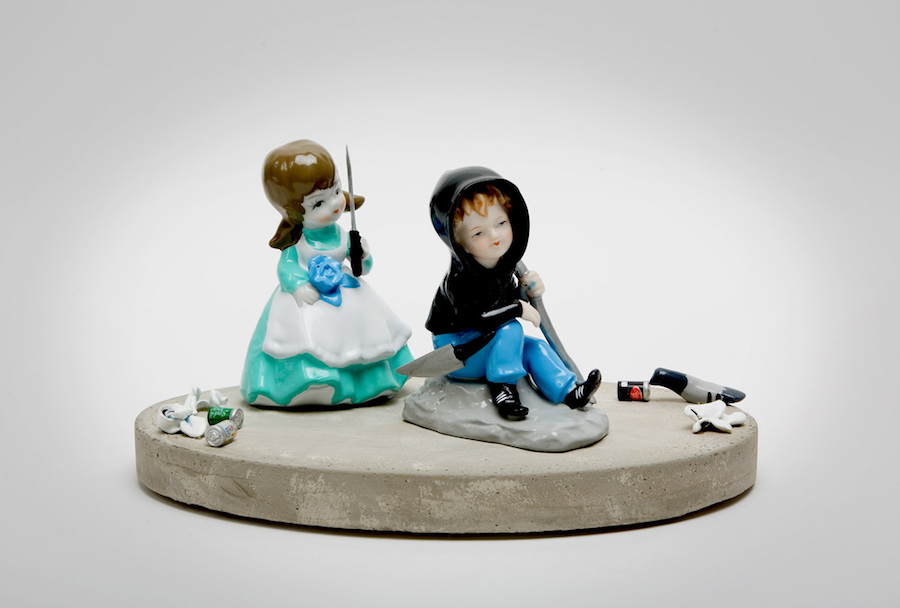
“Hell Hath No Fury Like a Woman Scorned.”
More after the jump…






